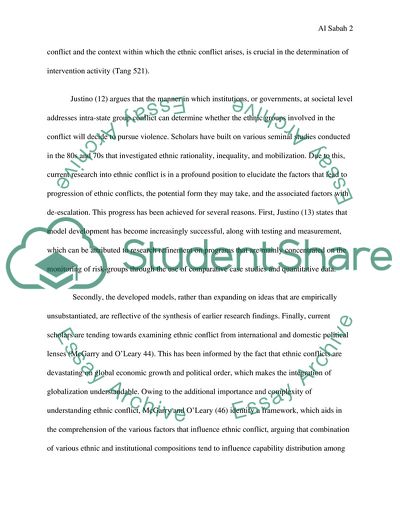Cite this document
(Factors That Determine Ethnic Conflict in the Society Coursework Example | Topics and Well Written Essays - 4000 words - 1, n.d.)
Factors That Determine Ethnic Conflict in the Society Coursework Example | Topics and Well Written Essays - 4000 words - 1. https://studentshare.org/social-science/1830891-ethnic-conflict
Factors That Determine Ethnic Conflict in the Society Coursework Example | Topics and Well Written Essays - 4000 words - 1. https://studentshare.org/social-science/1830891-ethnic-conflict
(Factors That Determine Ethnic Conflict in the Society Coursework Example | Topics and Well Written Essays - 4000 Words - 1)
Factors That Determine Ethnic Conflict in the Society Coursework Example | Topics and Well Written Essays - 4000 Words - 1. https://studentshare.org/social-science/1830891-ethnic-conflict.
Factors That Determine Ethnic Conflict in the Society Coursework Example | Topics and Well Written Essays - 4000 Words - 1. https://studentshare.org/social-science/1830891-ethnic-conflict.
“Factors That Determine Ethnic Conflict in the Society Coursework Example | Topics and Well Written Essays - 4000 Words - 1”. https://studentshare.org/social-science/1830891-ethnic-conflict.


